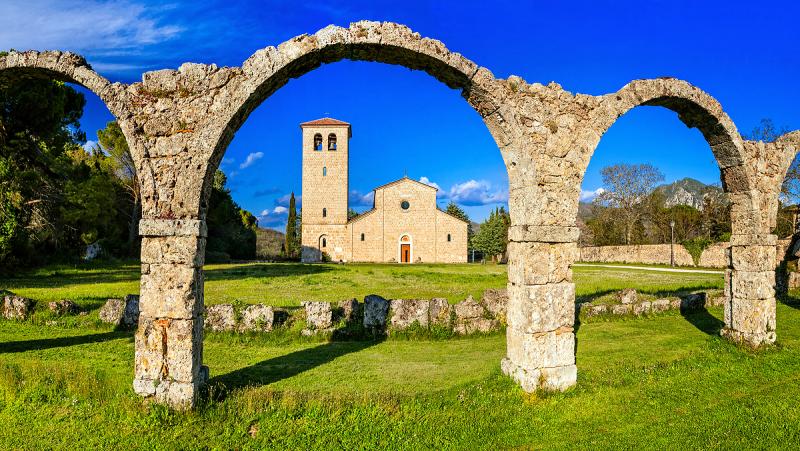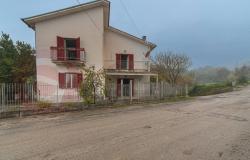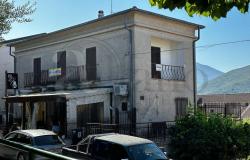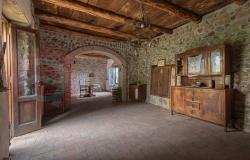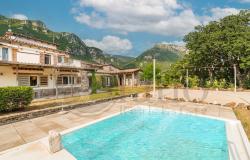The little-known Benedictine monastery of San Vincenzo al Volturno is located in the region of Molise, in an idyllic position at the foot of the Mainarde mountains, on a fertile plain by the shores of the Volturno river, the longest river in southern Italy.
This once vast religious complex dates back to the 8th century, when Charles Magne became king of Italy. It was founded by three noblemen from the nearby city of Benevento, who picked the location because it was considered ideal to favor a simple life of meditation and prayer immersed in nature.
The monastery soon grew after Charles Magne recognized its strategic importance. In the century following its foundation, the monastery possessed 10 churches, lands in much of central-southern Italy and a community of 350 monks.
However, in the 9th and 10th centuries, the monastery was damaged by an earthquake and often attacked and further damaged. It was subsequently rebuilt on the east side of the river. For a long time during the Middle Ages it was abandoned and almost forgotten. Today, this ancient monastic complex is hosting again a Benedictine community and is open for visits.
The main attraction is found below the presbytery of a church: the crypt of Epifanio, built by the abbot of San Vincenzo of the same name between 824 and 842. The well-preserved cycle of frescoes inside is considered among the most important examples of medieval painting in southern Italy, in an area that was far from the main centers of art of the time. The frescoes depict episodes from the life of Jesus and Mary, the martyrs of Santo Stefano and San Lorenzo, female figures and archangels.
In the past, the complex also included courtyards and gardens, kitchens, a refectory and a wash house.
In the Church of San Vincenzo Maggiore, consecrated in 808, you can see several tombs, some of which are frescoed. The Crypt of Joshua located under the main altar closely resembles that of the original layout of the Basilica of San Pietro in Rome. The relics of San Vincenzo were preserved here.
